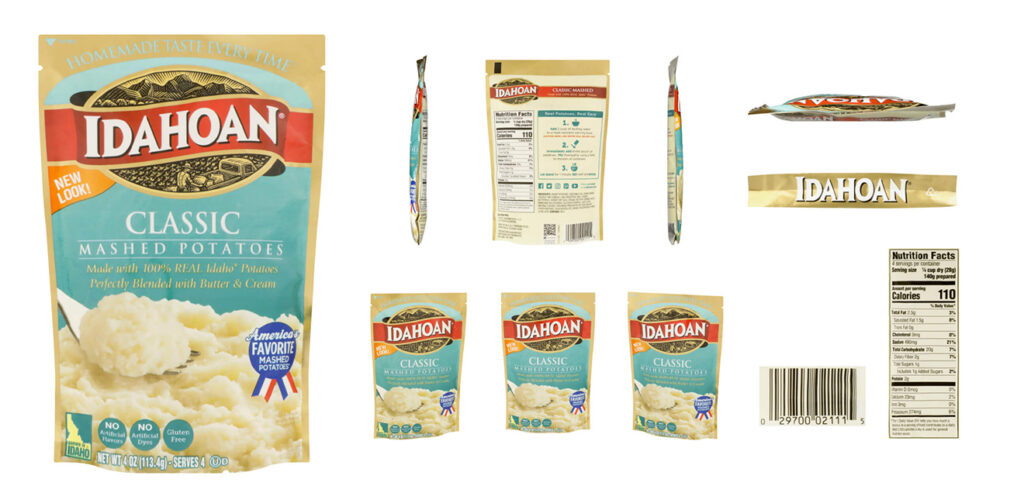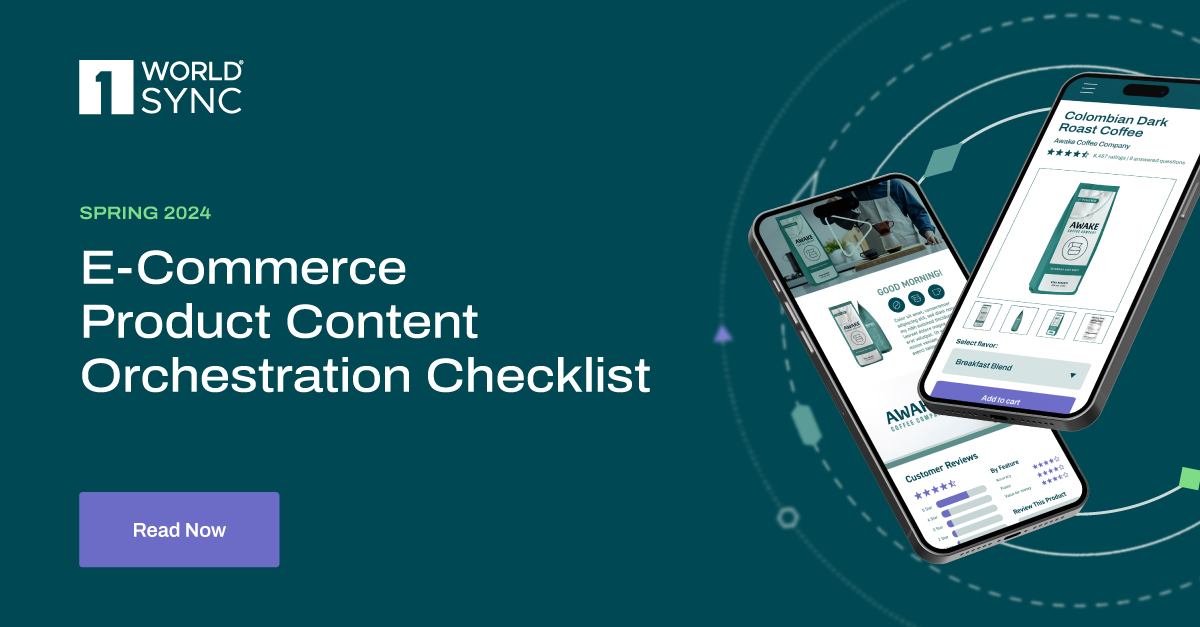In today’s digital landscape, competition is fierce, and consumers are savvier than ever. Brands must prioritize impactful product content. Without relevant details and clear messaging across channels, brands struggle to capture sales and cultivate lasting customer relationships.
Compelling product content remains a linchpin for e-commerce success, and such success relies heavily on product detail pages (PDPs), which act as the digital equivalent of a physical store shelf, showcasing products and influencing purchase decisions. Well-crafted pages build crucial brand trust and loyalty in a crowded marketplace where 70% of shoppers will abandon products when product content is nonexistent or lacks the information consumers want.
PDPs are the treasure trove of information consumers seek — providing the description, images and other specifics shoppers rely on to make purchasing decisions. To leave a positive, lasting impression, brands cannot neglect this critical element of the online shopping journey.
The Role of PDPs
Well-designed digital shelves offer 24/7 access to anything a customer wants to know. A brand’s product content lives on its PDPs and should include:
- Accurate, engaging product descriptions, dimensions and specifications.
- Authentic consumer reviews.
- Demonstrative videos.
- Multi-angle imagery capturing key product features.
- Relevant ingredients or certifications (kosher, gluten-free, etc.).
- Simple how-to instructions.
These specifics empower shoppers to make quick, confident choices. When PDPs lack relevant data, customers may slide potential purchases into their “maybe later” piles — or add to their carts but never follow through.
Benefits Gained from Prioritizing PDPs
Brands that develop PDPs with a blend of rich content, including relevant, accurate descriptions and images, and customer reviews, reap these important benefits:
- Unified brand presence: Nearly 30% of customers visit at least four websites for online product research to ensure they thoroughly understand all facets of a product before purchasing. With shoppers exploring multiple digital destinations, consistent product content becomes paramount. Brands must dazzle across channels with reliably impactful content wherever commerce happens. When messaging doesn’t sync across touchpoints, brands fail to meet more than 80% of customers expecting similar product experiences wherever they visit.
Product information management systems (PIMs) align product details on all digital shelves, helping to maintain data accuracy and consistency while ensuring a seamless brand experience. The technology acts as a single source of truth, doing the heavy lifting by automatically pushing updates everywhere after one human makes an update.
- Decreased returns: Without the tactile feedback of in-store shopping, online purchases have increased return risks, especially when product information misses the mark. Over half (60%) of e-commerce shoppers name inaccurate details as the leading cause of returns. And when brands complicate or botch the return process, more than 80% of customers shop elsewhere in the future.
Rich product content limits unwelcome surprises. Specific, relevant details at every touchpoint help set expectations so customers believe they’ve chosen the correct product.
- Increased brand loyalty: Repeat customers are the backbone of any business. Positive product experiences — and responsive customer service — cultivate loyalty and drive consistent revenue. Most companies realize about 65% of sales from repeat business, with these patrons purchasing 90% more frequently than new customers. After all, return customers have already experienced positive interactions and friction-free journeys.
Brands shouldn’t discount the value of reviews, which offer a prime opportunity to increase customer loyalty. Especially valuable are negative reviews, which highlight the most common pain points and customer frustrations. Because customers want to be heard, brands should respond on social media or their websites. And responding to all feedback — the good and the bad — allows brands to set things right and transform complaints into relationships. Consider that over 75% of customers recommend a brand or product to their friends after just one positive interaction — and 83% of customers feel more loyal to brands that respond to and resolve their complaints. In other words, brands simply cannot afford to ignore customer feedback.
While managing PDP reviews is challenging, especially with products listed across multiple websites, brands can leverage their PIMs to handle responses. Centralizing content in one system and using content disbursement tools to publish it across all channels ensures customers will see a brand’s response to a customer review.
Crafting the Perfect PDP
To meet customer expectations and needs, product detail pages should include the following essential elements:
- A compelling product title and description: Concise and clear descriptions highlight key features and benefits — SEO best practices can also increase visibility in search engines. An accurate title uses relevant keywords to describe the product. The descriptions should highlight key features and benefits, addressing pain points and motivating buyers.
- Hiqh-quality images and videos: Use hero imagery and scale shots. Multiple images showcase products from different angles to demonstrate functionality and details. Lifestyle shots help customers visualize the product in action. Consider 360-degree spin photography and video demonstrations for a more immersive experience.
- Rich content: Comparison charts, augmented reality (AR) applications and hotspot imagery add to the rich content and go beyond basic information. User manuals, product guides, warranty information and other downloadable resources offer additional value.
- Bundle: Offering relevant product bundles can increase average order value. Highlight compatible accessories and introduce customers to new products.
- Customer reviews and ratings: Because customer reviews are a form of social proof, encourage and use them to build trust and confidence. Respond to reviews, showing you value customer feedback.
- Accessibility and mobile optimization: The PDP should comply with web content accessibility guidelines (WCAG). Optimize the page for mobile devices to deliver a seamless UX on any screen size and provide straightforward navigation and easy access to information.
Your PDP should also clearly display price and availability, shipping information, trust signals — like security badges or certifications, when relevant — and a call to action (CTA) prompting customers to take the next step.
Why Quality Matters
PDPs aren’t just about showcasing products; they’re powerful tools for brand differentiation. By presenting detailed, accurate information, brands highlight unique selling points, address customer pain points and allow potential buyers to envision themselves interacting with a product.
A well-crafted PDP is more than functional; it’s a strategic tool empowering brands to thrive in an ever-evolving digital marketplace.







